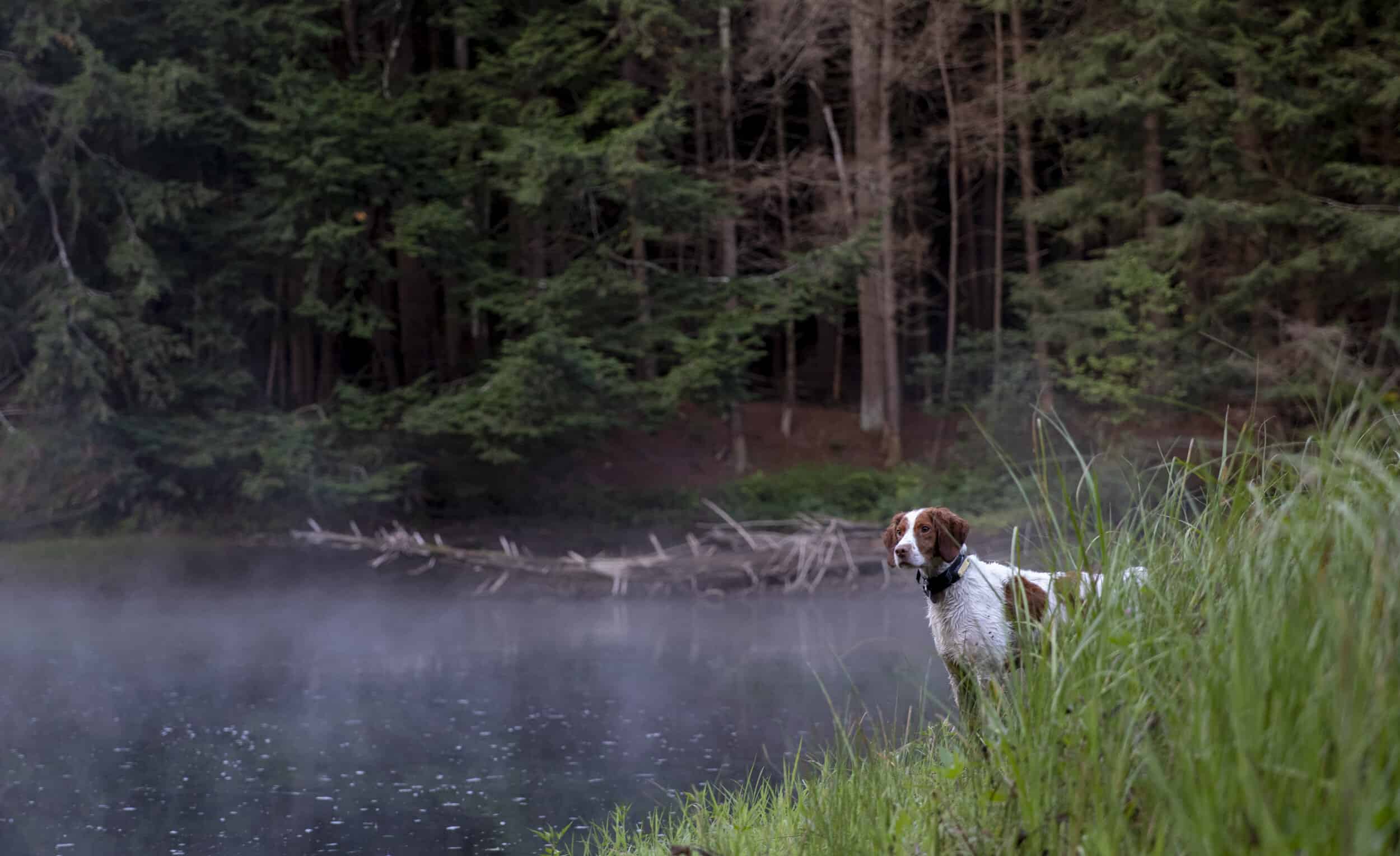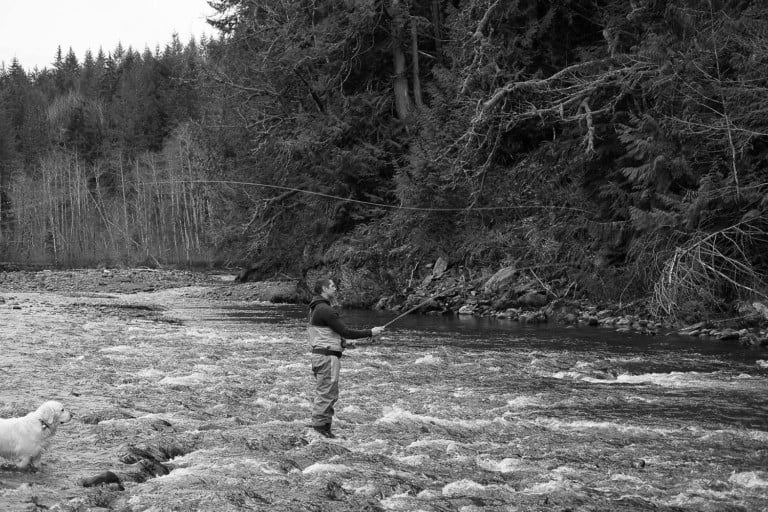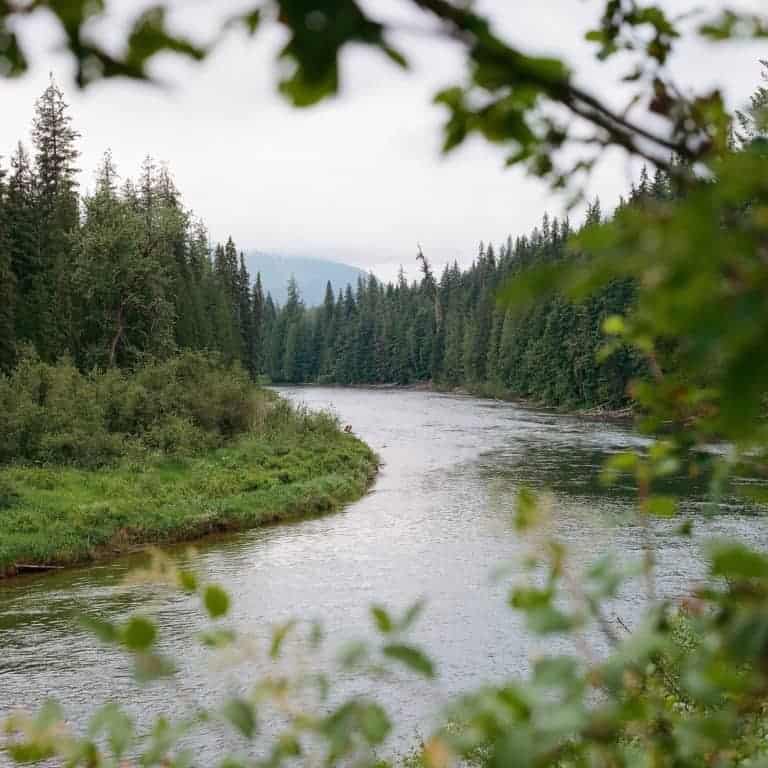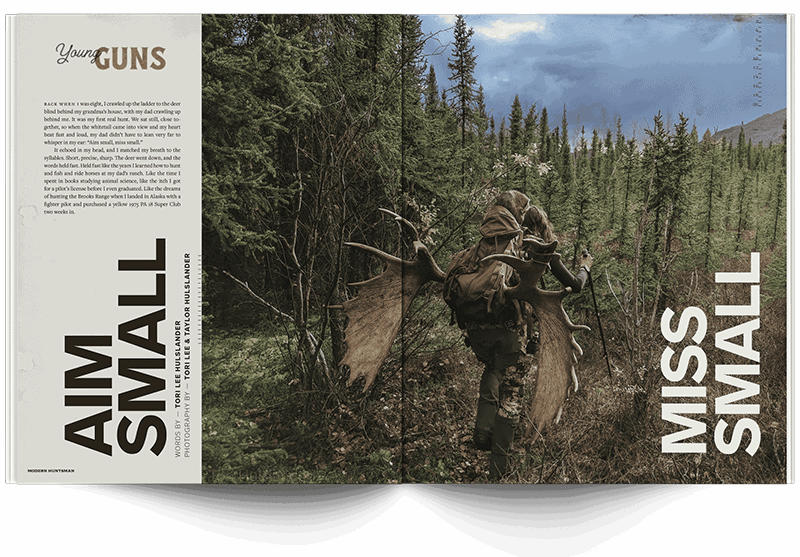My headlamp dangled around my neck; there was enough moonlight that I didn’t need it as we walked along the old railroad tracks to the blind. It was opening day of duck season in southern Maine, and I had invited Emilie along since she had never been duck hunting before. I had been training my Brittany, Argos, during the off-season to retrieve and was anxious to see how he would do for us that day.
Early morning fog hovered above the Presumpscot River as we waded into an eddy and put out a half a dozen mallard decoys. We watched with awe as an eagle flew overhead, and a beaver swam across the river. As we settled into the blind, the sky began to turn shades of lavender and amethyst. Argos laid at my feet, eyes intently focused on the river; his ears perked every time I blew my call.
Emilie and I were acquaintances, but not yet friends. We met through the social community I founded last year, Maine Women Hunters and found common ground in the fact that both of us learned to hunt in our twenties.
Maine Women Hunters began as a Facebook group because I wanted a scrutiny-free place to ask questions, share stories and meet other like-minded women. The vibrant group now has over 1,500 members. It is not a brag board of grip n grins but a place for ladies to share their successes, lament their misses and ask for advice and offer tips.
Common questions relate to hunting while pregnant, on our periods, what type of boots and bows to buy, etc. We share when local stores are having hunting sales, post our used hunting clothes for sale, and small business owners post links to their antler dog chews and fly-fishing themed earrings.




